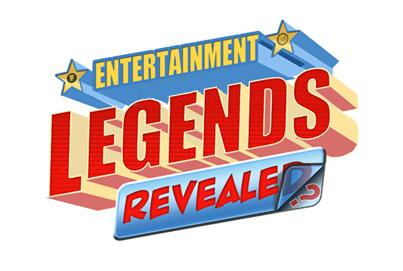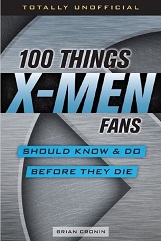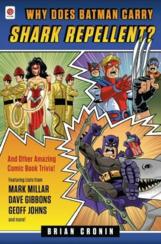How Did An Early Screener of Halloween Change the Film Forever?
Here is the latest in a series of examinations into urban legends about music and whether they are true or false. Click here to view an archive of the movie urban legends featured so far.
MOVIE URBAN LEGEND: John Carpenter came up with the iconic score for Halloween only after an advanced screening of the film.
It’s really fascinating to realize that there is a whole genre of films that really only came about in the last 40 years or so. There had obviously been horror films before 1978’s Halloween and there had even been films that you could call “slasher” films before (heck, one of the classics in the genre, Alfred Hitchcok’s Psycho, came out almost 20 years before Halloween), but the specific set-up of director John Carpenter’s Halloween was a new one for Hollywood.
It told the story of a maniac named Michael Myers (or “The Shape”) terrorizing a suburban neighborhood on Halloween night, trying to kill as many babysitters as possible…
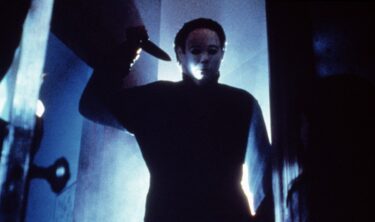
One heroic babysitter, Laurie Strode (Jamie Lee Curtis) was able to protect her young charges and ward off the killer…
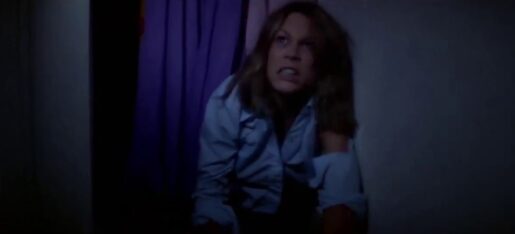
“Slasher killer tries to kill teenagers” became its own extremely successful genre from this point on, although few of its copycats were ever able to duplicate the brilliance of Halloween, which stood out as a legitimately great film for its time, regardless of genre.
Written by Carpenter and his co-producer on the film, Debra Hill, the movie is also extremely well known for the brilliant, stripped-down score for the film by Carpenter himself. Movies traditionally have orchestral scores, so Carpenter’s simple keyboard score really stood out and his famed score was used for most Halloween sequels, even the ones that Carpenter wasn’t otherwise involved in making.
The film was made on a very small budget (under $400,000) and its stripped-down style was used beautifully by Carpenter and the almost guerrilla filmmaking somehow worked out perfectly (like the famous decision by costume designer Tommy Lee Wallace to use an adapted Captain Kirk face mask for Michael Myers’ iconic mask. Wallace just bought the mask from a costume shop for less than two dollars and transformed it into a piece of film history).
Carpenter, of course, was looking to do even bigger films and before the release of Halloween, he screened the almost-finished film for a Fox film executive as a sort of demonstration of his skills. Carpenter recalled how her reaction to the film changed it forever:
I screened the final cut minus sound effects and music, for a young executive from 20th Century-Fox (I was interviewing for another possible directing job). She wasn’t scared at all. I then became determined to “save it with the music.”
Carpenter further explained:
I had composed and performed the musical scores for my first two features, Dark Star and Assault on Precinct 13, as well as many student films. I was the fastest and cheapest I could get. My major influences as a composer were Bernard Herrmann and Ennio Morricone (who I had the opportunity to work with on The Thing). Hermann’s ability to create an imposing, powerful score with limited orchestra means, using the basic sound of a particular instrument, high strings or low bass, was impressive. His score for Psycho, the film that inspired Halloween, was primarily all string instruments.
With Herrmann and Morricone in mind, the scoring for Halloween began in late June at Sound Arts Studios, then a small brick building in an alley in central Los Angeles. Dan Wyman was my creative consultant. I had worked with him in 1976 on the music for Assault. He programmed the synthesizers, oversaw the recording of my frequently imperfect performances, and often joined me to perform a difficult line or speed-up the seemingly never ending process of overdubbing one instrument at a time. I have to credit Dan as Halloween’s musical co-producer. His fine taste and musicianship polished up the edges of an already minimalistic, rhythm-inspired score.
Remarkably, he did the whole score in just two weeks!
He noted:
The scoring sessions took two weeks because that’s all the budget would allow. Halloween was dubbed in late July and I finally saw the picture with an audience in the fall. My plan to “save it with the music” seemed to work. About six months later I ran into the same young executive who had been with 20th Century-Fox (she was now with MGM). Now she too loved the movie and all I had done was add music. But she really was quite justified in her initial reaction.
There is a point in making a movie when you experience the final result. For me, it’s always when I see an interlock screening of the picture with the music. All of a sudden a new voice is added to the raw, naked-without-effects-or-music footage. The movie takes on it’s final style, and it is on this that the emotional total should be judged. Someone once told me that music, or the lack of it, can make you see better. I believe it. –
It is amazing how much of a difference an iconic score can make in a film.
The legend is…
STATUS: True
Be sure to check out my archive of Movie Legends Revealed for more urban legends about the world of film.
Feel free (heck, I implore you!) to write in with your suggestions for future installments! My e-mail address is bcronin@legendsrevealed.com.
